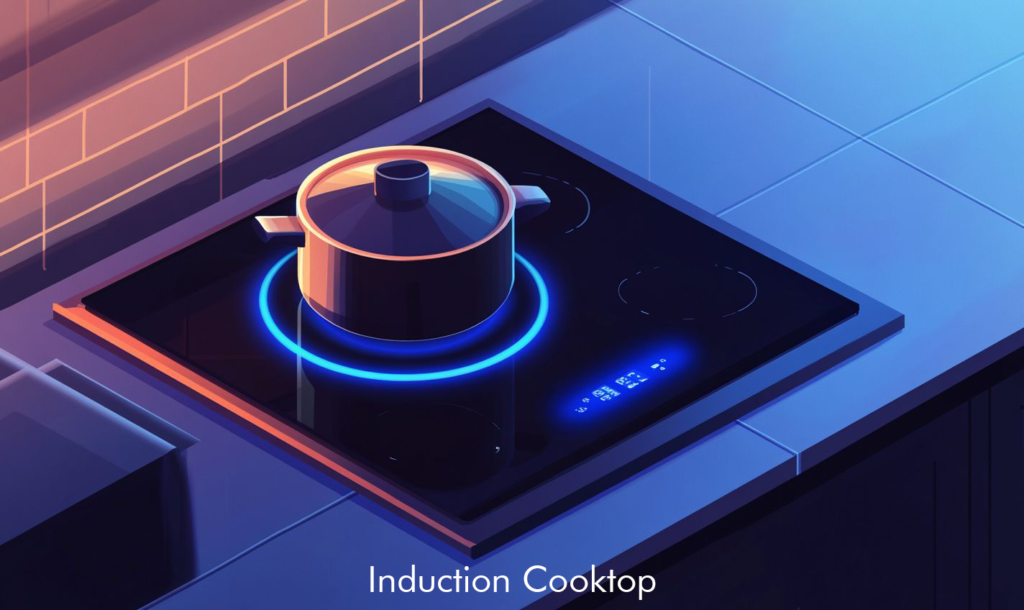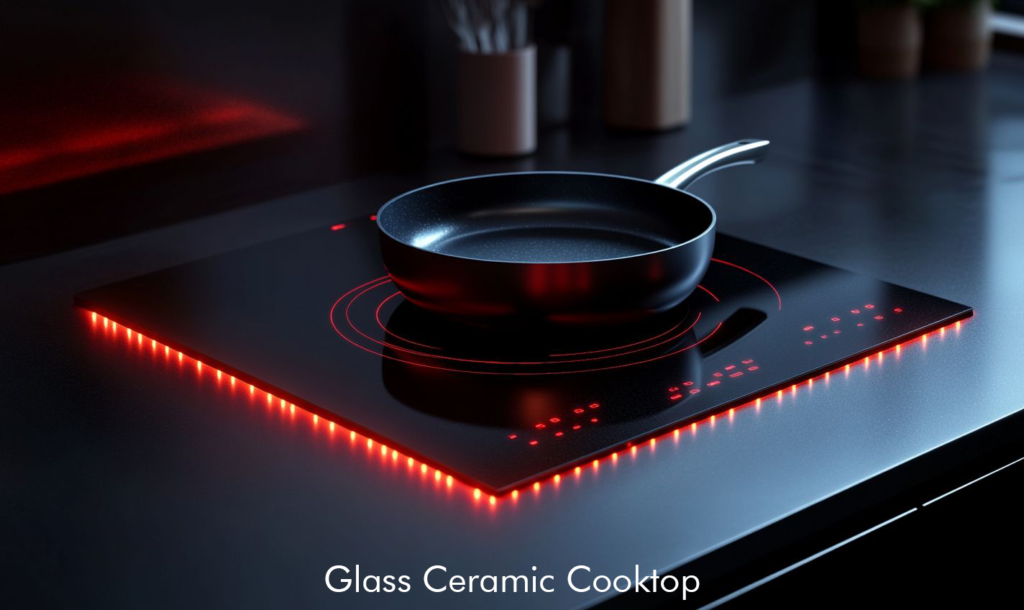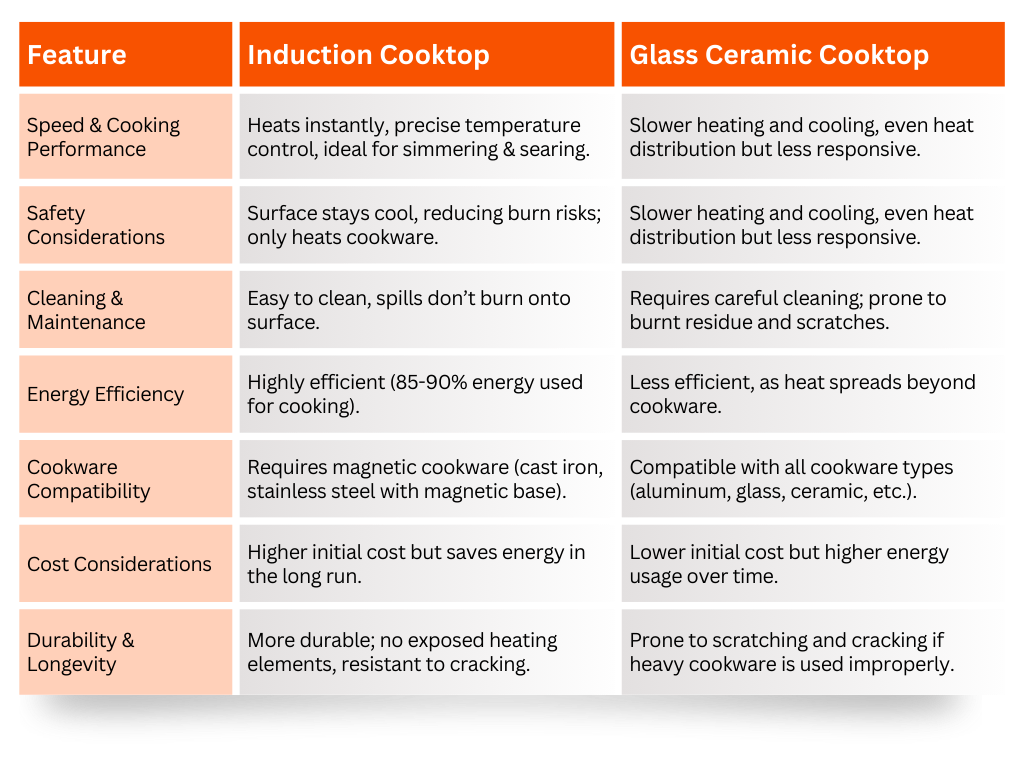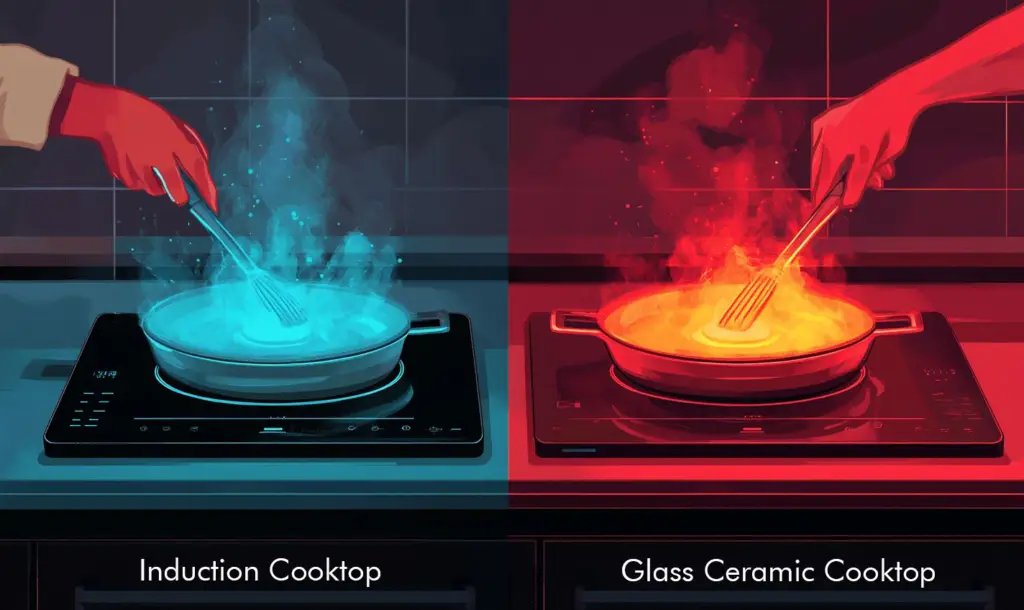Introduction to Modern Cooktops
In today’s kitchens, the two most popular options available are induction cooktops and glass ceramic cooktops. Both offer sleek designs and modern features, but they operate differently and come with their own set of advantages and considerations. Understanding the differences between induction vs electric stove options can help homeowners make an informed decision that suits their lifestyle and cooking habits.


Understanding Induction Cooktops
Induction cooktops use special technology to heat pots and pans directly.
Unlike traditional stovetops that generate heat through thermal conduction, induction cooktops create an electromagnetic field that induces heat within compatible cookware, such as pots and pans with a magnetic base.
How Induction Technology Works
Induction cooktops work by generating a magnetic field beneath the glass surface. When compatible cookware is placed on the cooktop, the field excites the iron molecules in the cookware, generating heat almost instantly. This unique technology ensures precise, efficient, and uniform heating.
Benefits of Induction Cooking
Induction cooking provides a range of benefits that make it a popular choice among modern homeowners:
- Speed and Efficiency: Induction cooktops heat up much faster than glass ceramic, bringing water to a boil in minutes.
- Energy Efficiency: Direct heating of cookware results in less energy loss, making induction cooktops more energy-efficient.
- Precise Temperature Control: Offers more accurate temperature adjustments compared to traditional methods.
- Safety Features: The surface remains cool to the touch, reducing the risk of burns.
- Sleek and Modern Design: Fits seamlessly into contemporary kitchens.
Induction Power Consumption and Efficiency
87%
When it comes to induction power consumption, these cooktops are incredibly efficient. They convert approximately 85-90% of energy into heat, significantly reducing electricity bills compared to conventional electric or gas stoves. Since induction cooktops heat cookware directly, there’s minimal heat loss, making them an eco-friendly choice.
Exploring Glass-Ceramic Cooktops
Glass ceramic cooktops, on the other hand, operate using traditional radiant heating elements located beneath a smooth glass surface. These elements heat up and transfer warmth to the cookware through direct contact.
Functionality of Glass Ceramic
Glass ceramic cooktops feature radiant heating coils that warm the surface. The cookware placed on top of the heated surface absorbs the heat gradually, allowing for a more traditional cooking experience. They are compatible with a wider range of cookware, unlike induction cooktops, which require magnetic materials.
Advantages of Glass-Ceramic Cooktops
Despite their slower heating times, glass ceramic cooktops come with several advantages:
- Affordability: Generally more budget-friendly compared to induction cooktops.
- Cookware Compatibility: Works with all types of cookware, including stainless steel, aluminium and glass.
- Even Heating: Provides steady and even distribution of heat.
- Aesthetic Appeal: Sleek design adds elegance to any kitchen setup.
- Residual Heat: The surface retains heat after cooking, which can be used to keep food warm.
Induction vs. Glass Ceramic: A Direct Comparison
Choosing between induction and glass ceramic cooktops depends on several factors, including cooking speed, safety, maintenance, energy efficiency, and cookware compatibility. Here’s how they compare in greater detail:

Choosing the Right Cooktop for Your Kitchen
Selecting the right cooktop comes down to personal preferences, lifestyle, and budget considerations. Here’s what to keep in mind:

Lifestyle and Cooking Needs
If you prefer fast cooking times and energy efficiency, an induction cooktop may be the ideal choice. However, if you enjoy slow cooking and use a variety of cookware, a glass ceramic cooktop might be a better fit.
Budget Considerations
- Induction cooktops tend to be more expensive initially but offer energy savings over time.
- Glass ceramic cooktops are more affordable upfront but may have higher long-term energy costs.
Conclusion
When it comes to choosing between induction and glass ceramic cooktops, each option has its own merits. Induction cooktops offer superior efficiency, speed, and safety, making them a great fit for modern, busy kitchens. On the other hand, glass ceramic cooktops provide affordability, versatility, and a traditional cooking experience that appeals to many home chefs.
Before making a decision, consider your cooking habits, budget, and kitchen needs to find the cooktop that best suits your lifestyle.






